In Character, 2019
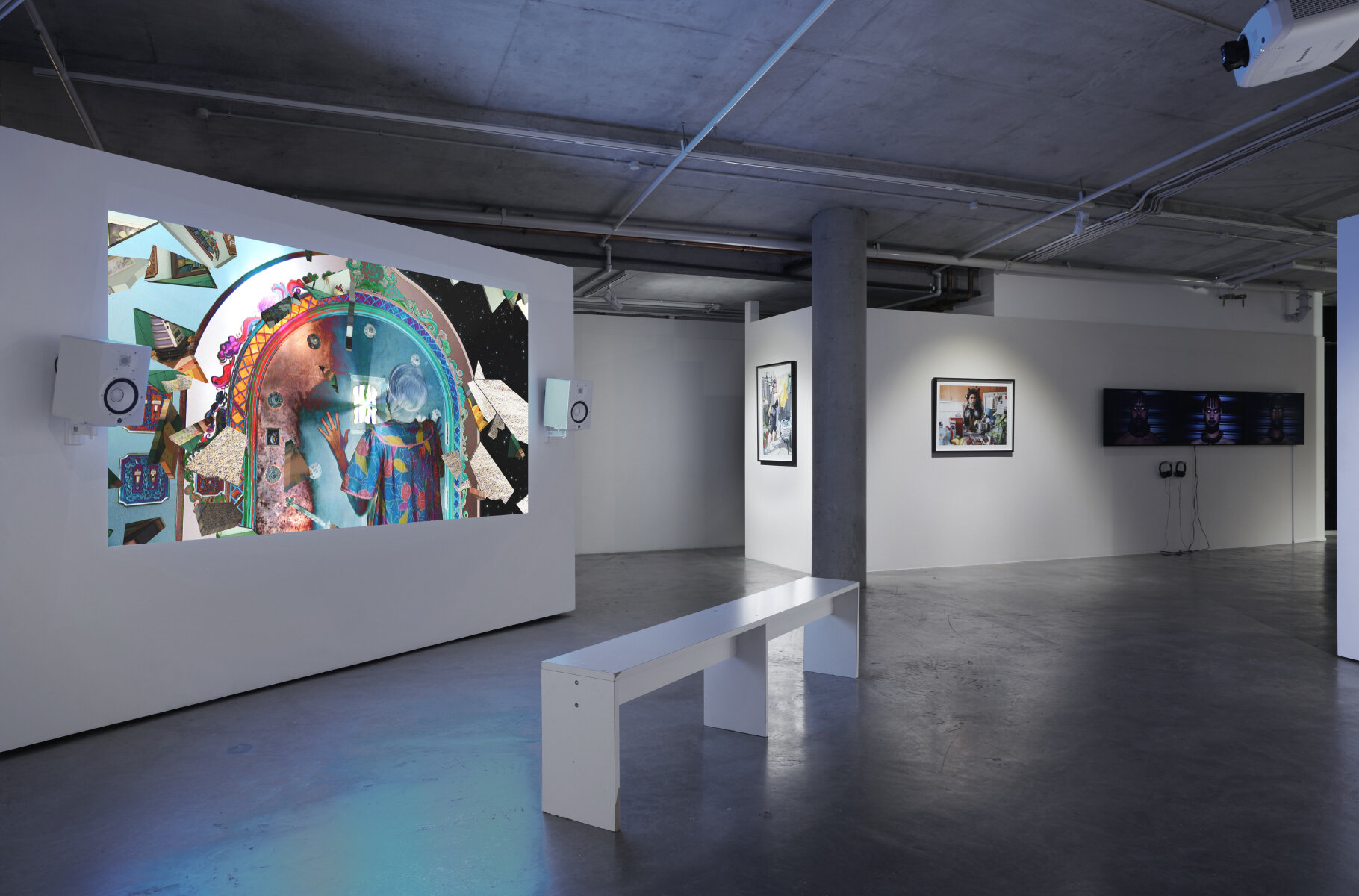
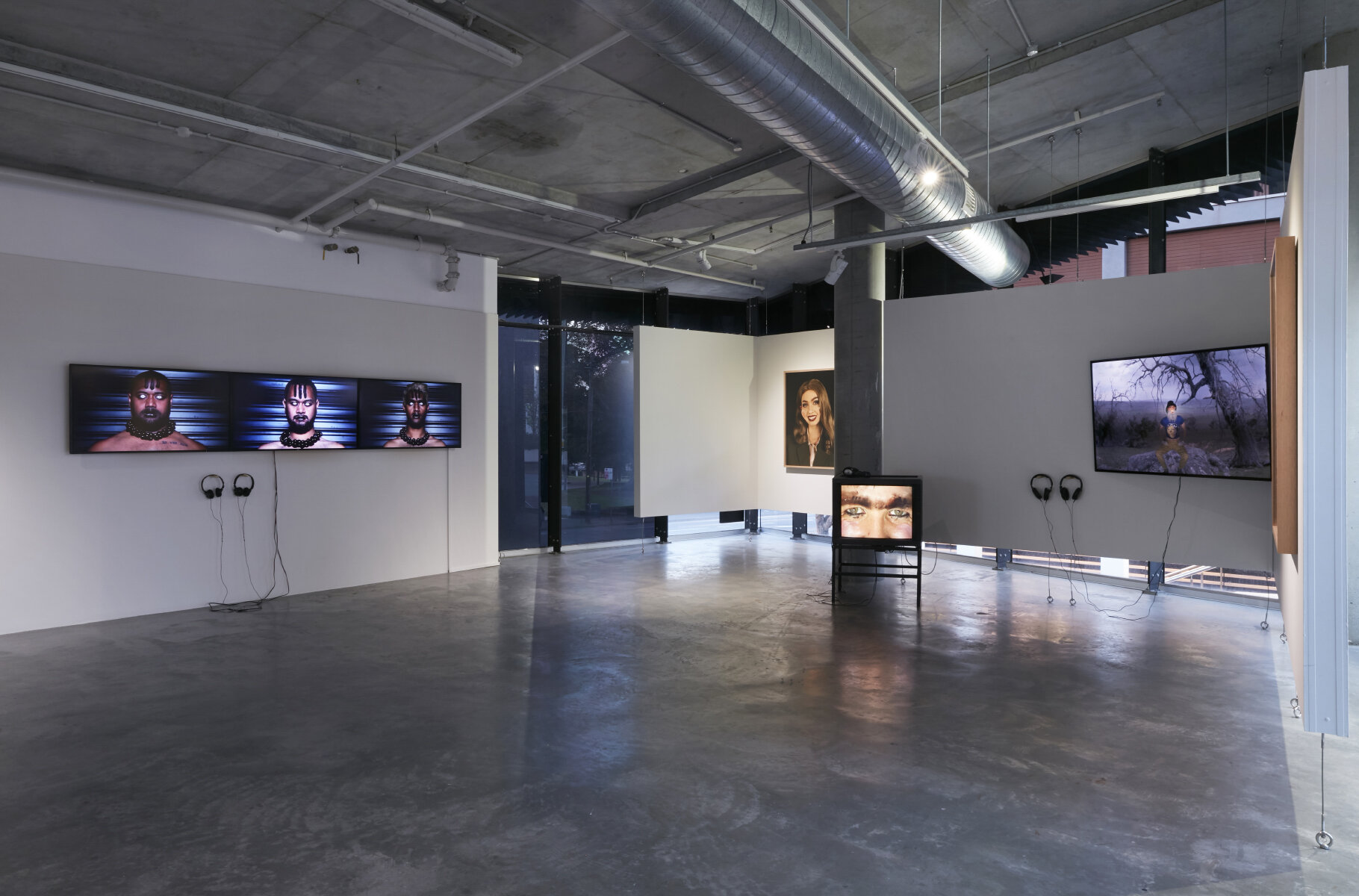
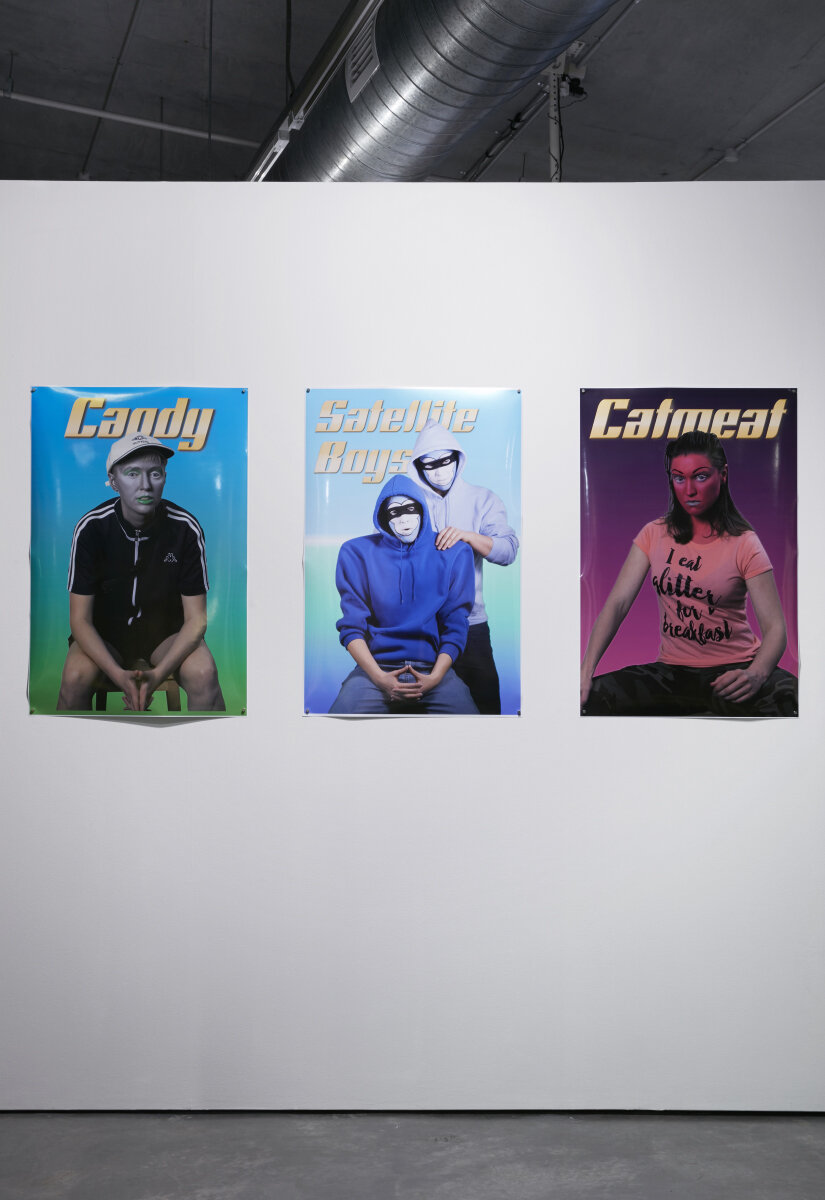
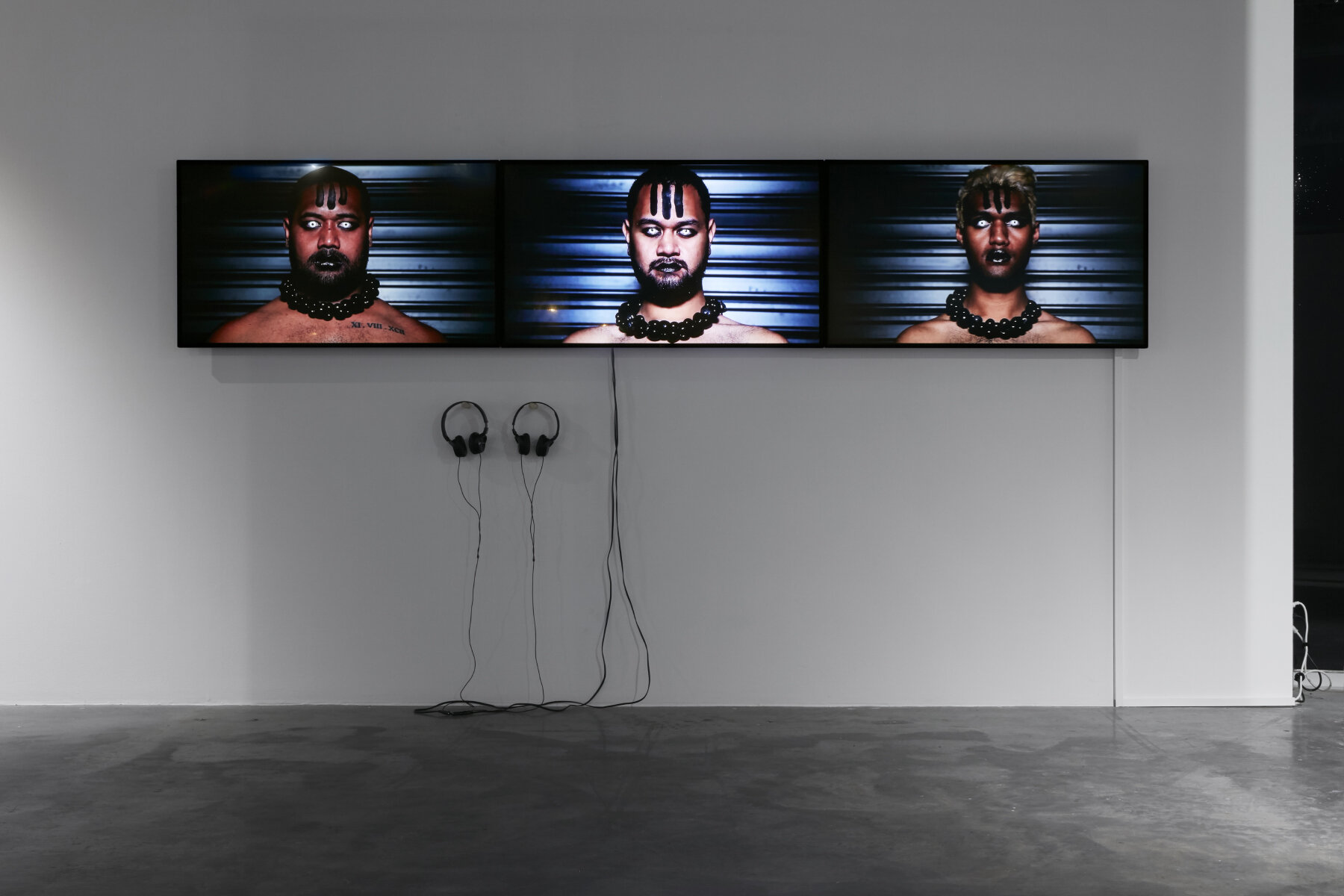
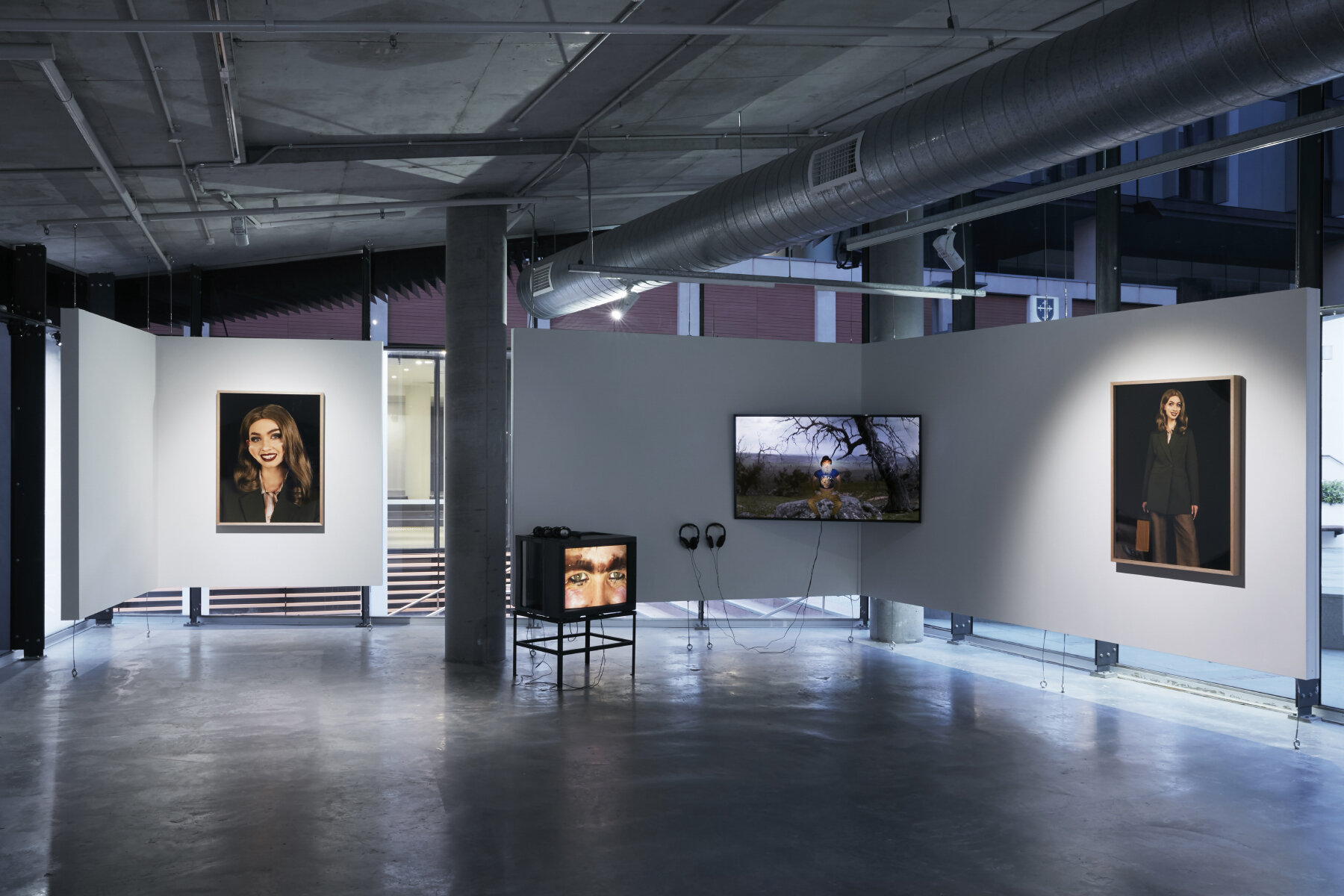
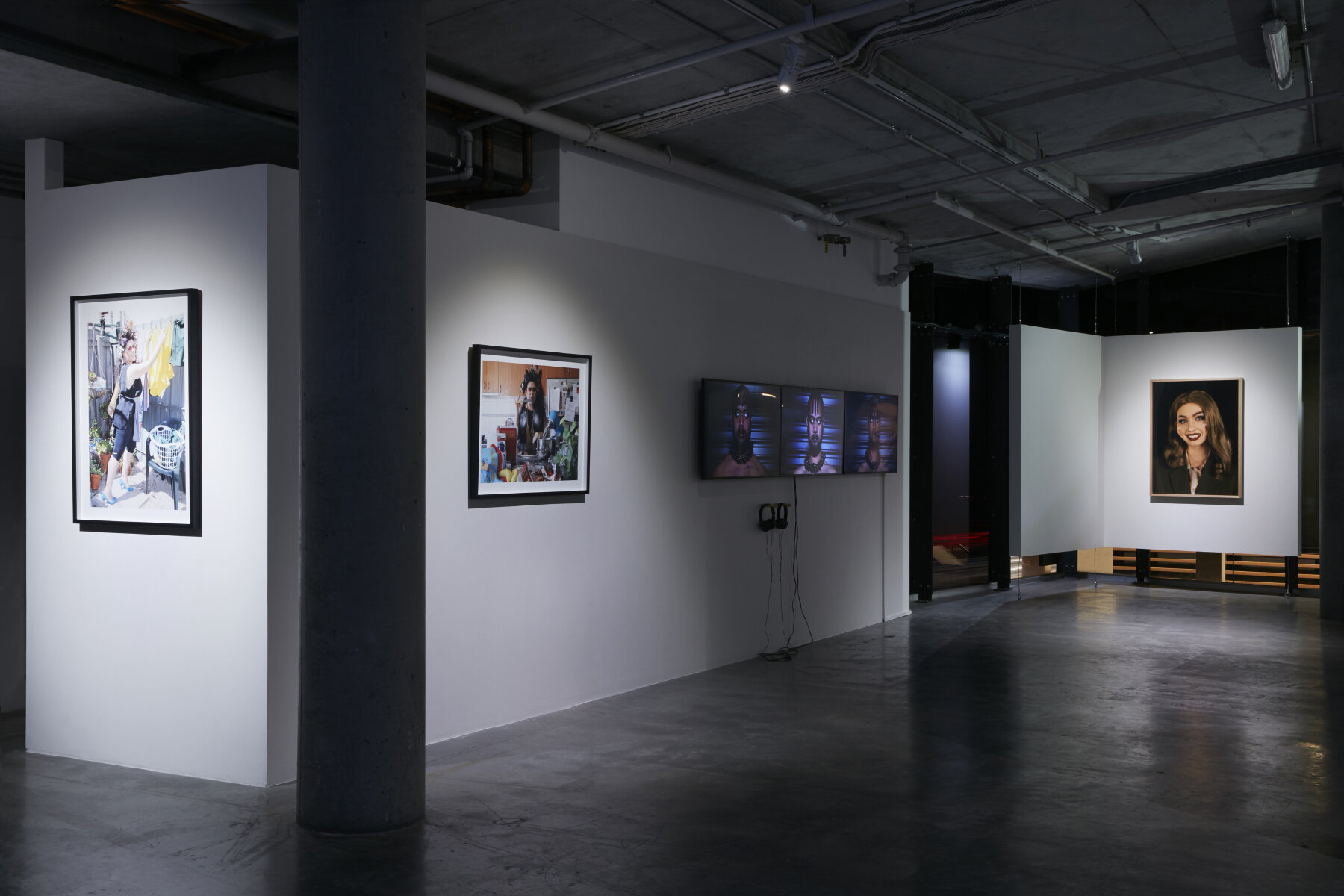
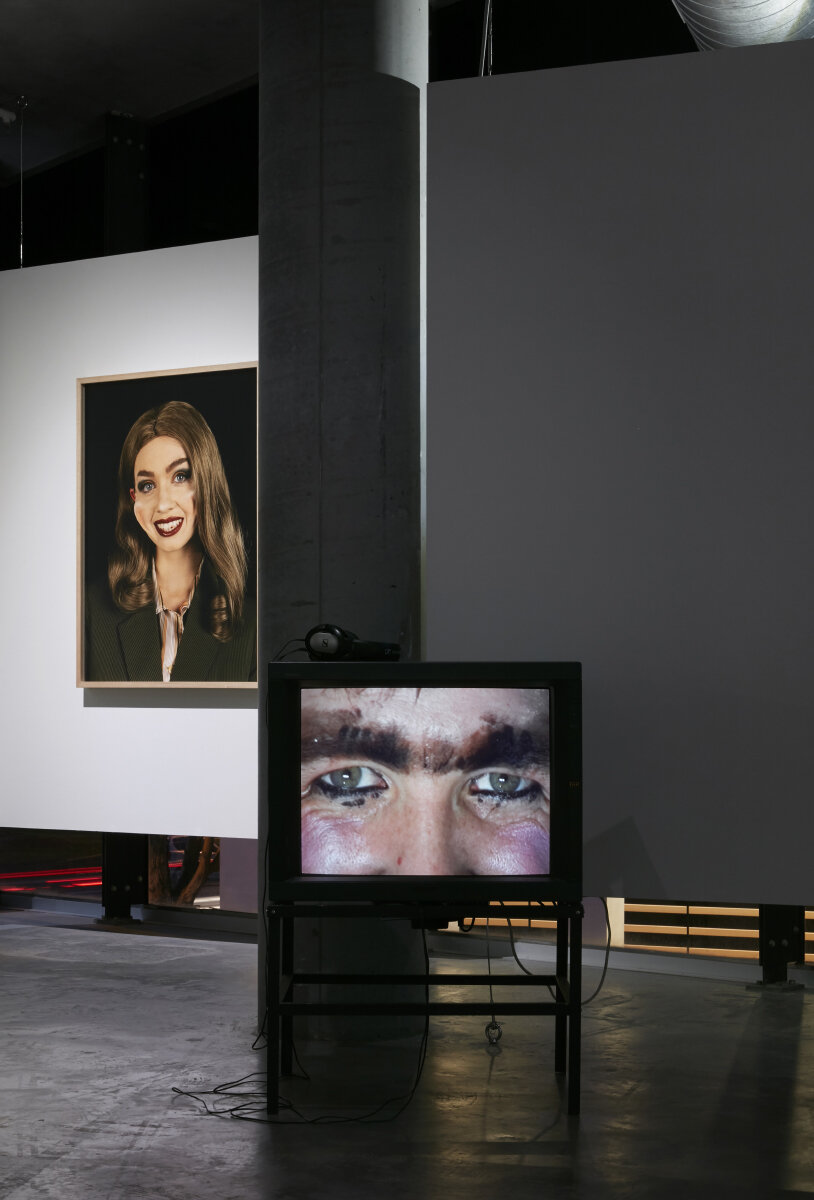
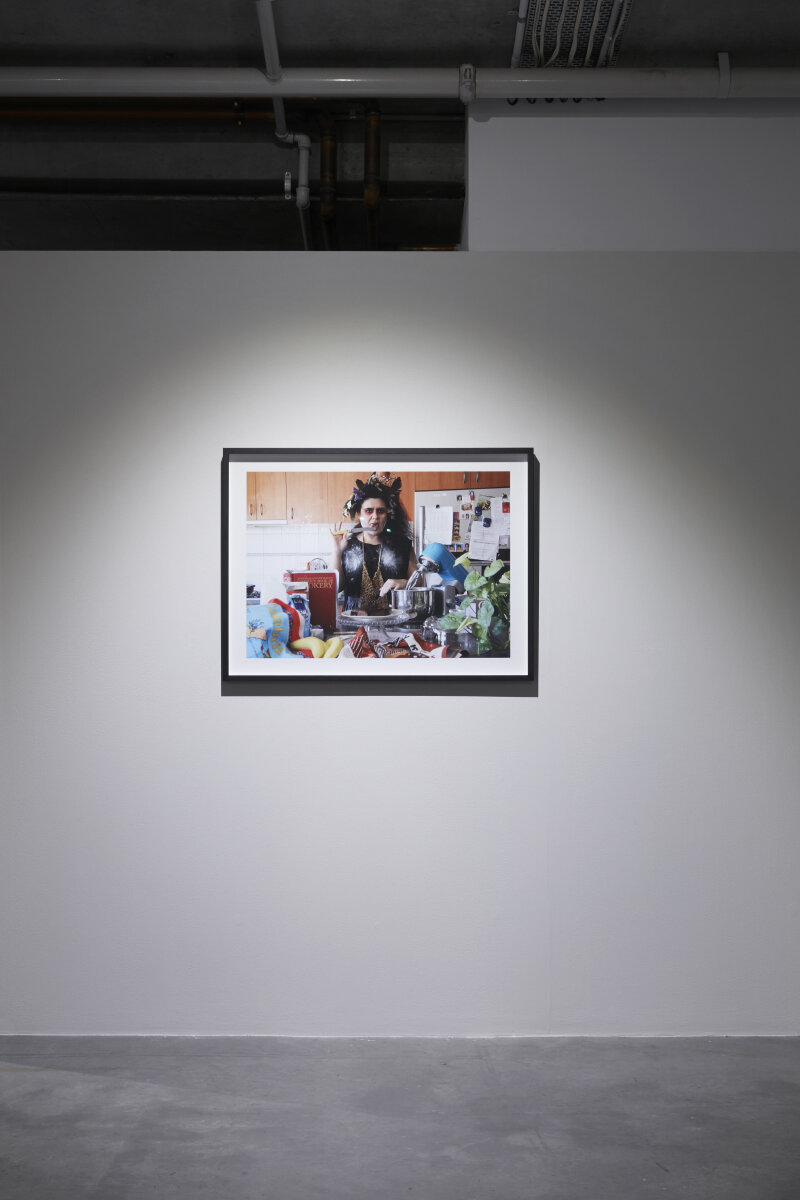
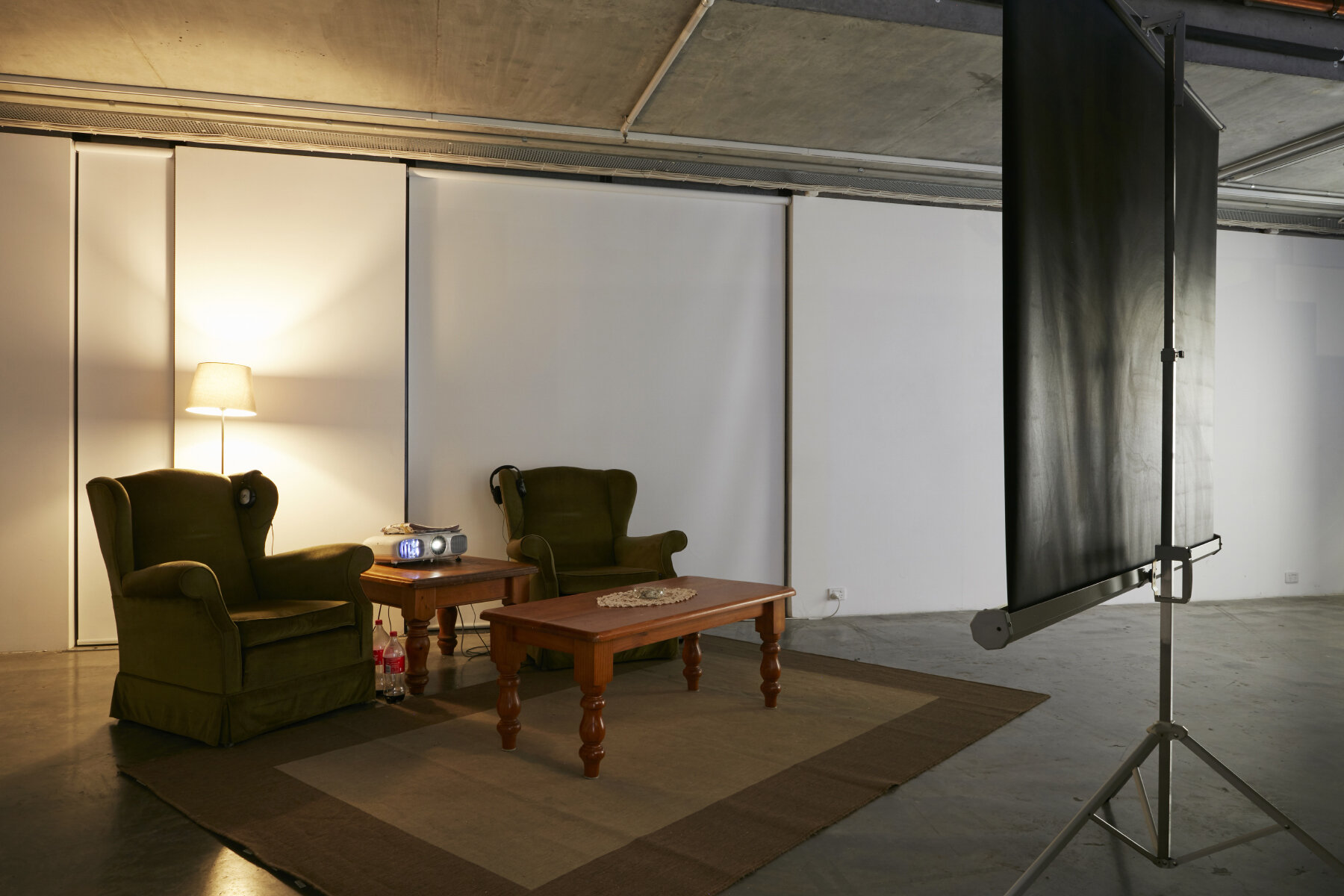
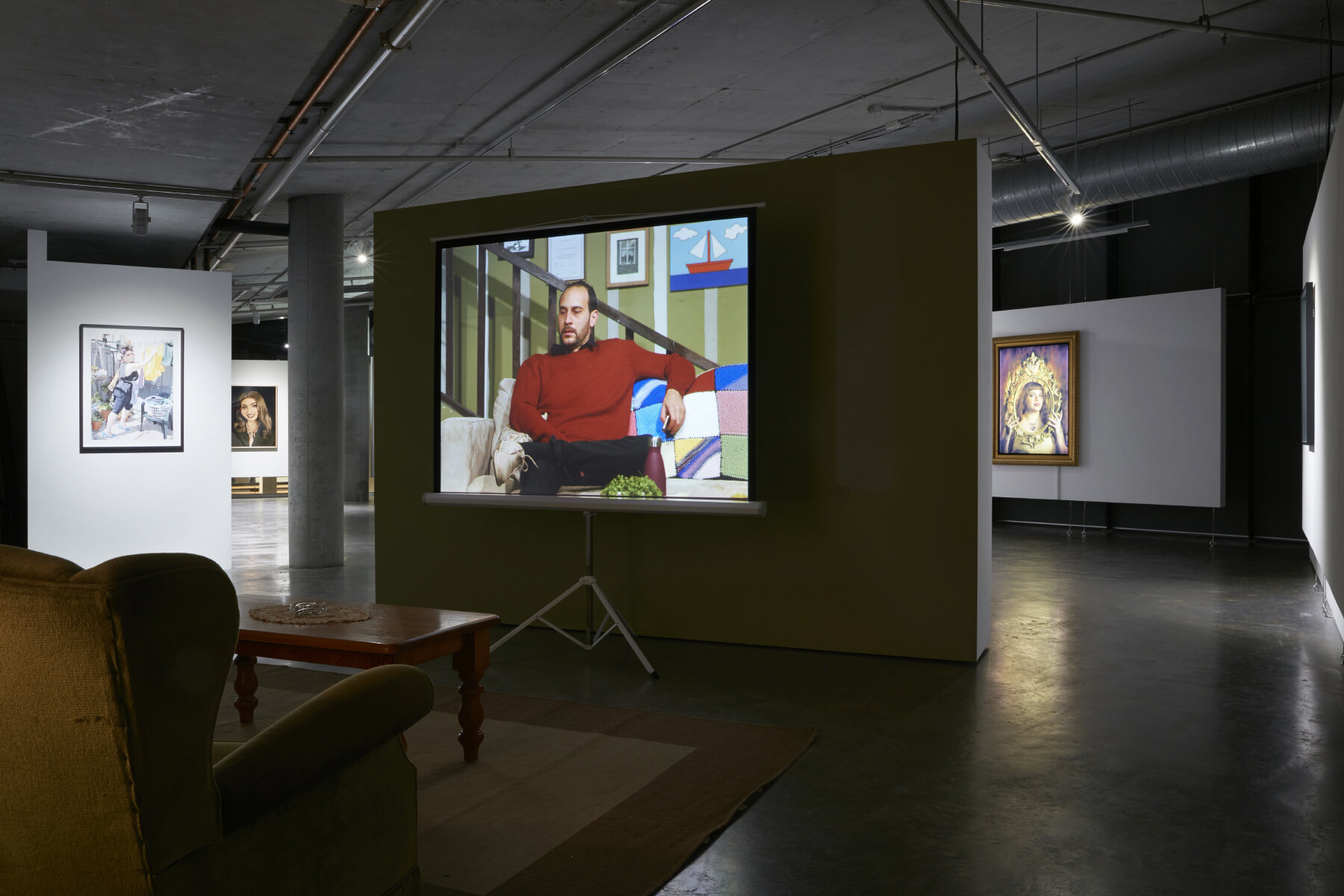
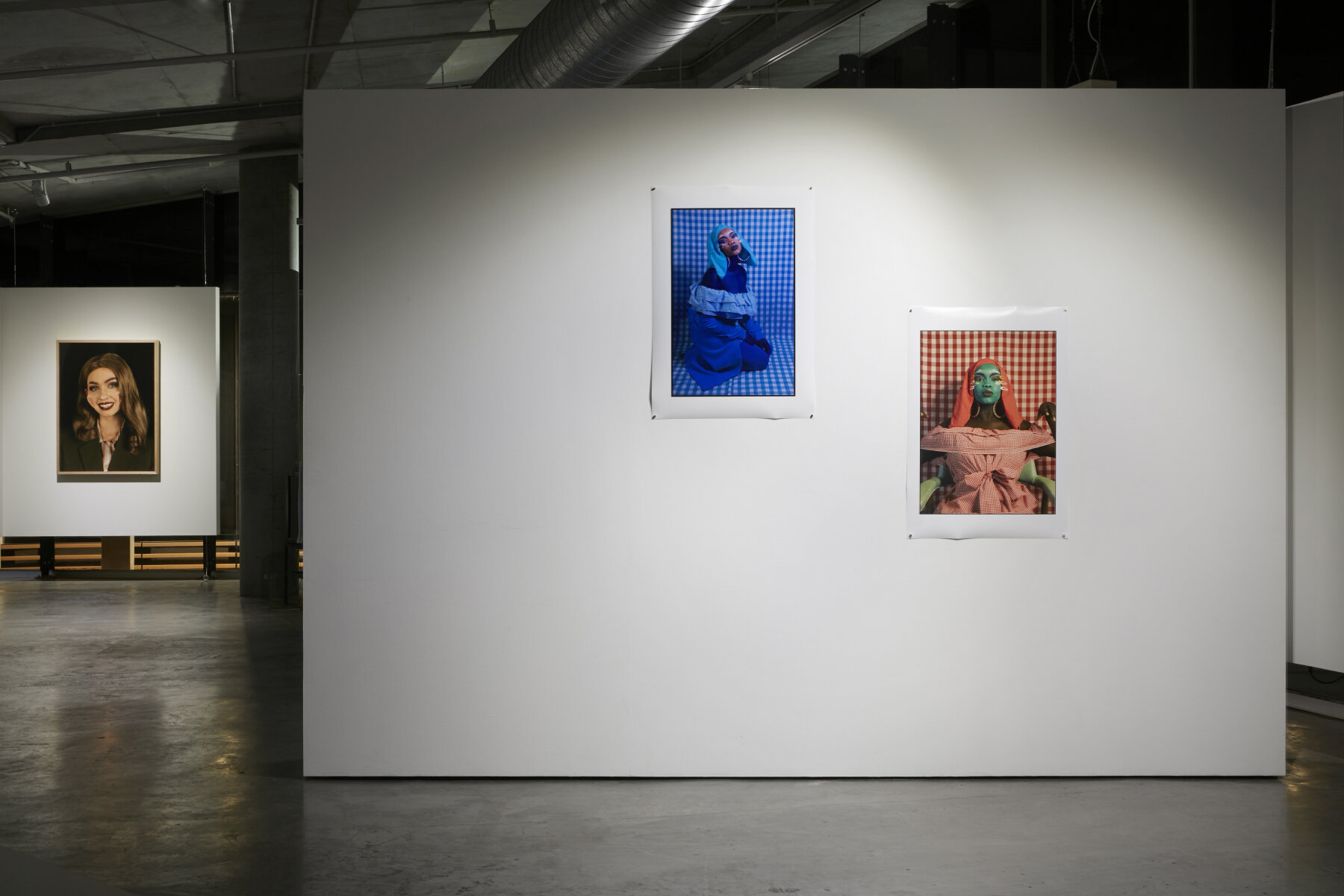
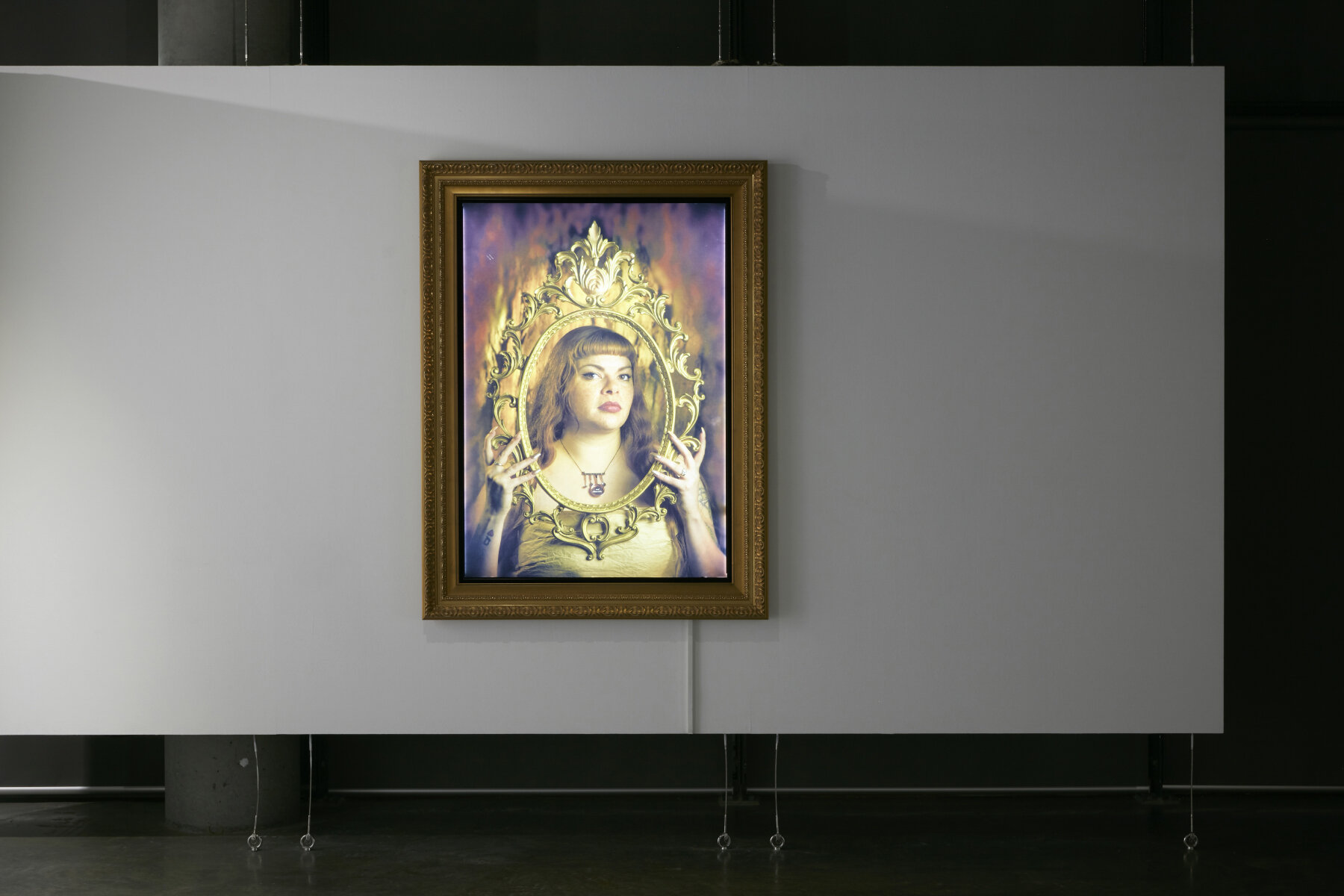
Verge Gallery, 8 August - 21 September 2019
Co-curated by Peter Johnson and Tesha Malott
Atong Atem (VIC), Ali Gumillya Baker (SA), Paola Balla (VIC), Heath Franco (NSW), EO Gill (NSW), Nick Hallett and Shana Moulton (USA), Liam O’Brien (VIC), Phebe Schmidt (VIC) and WITCH BITCH (NZ)
In Character brings together Australian and international artists who use character and personae as a way to critically explore identity and social relations. Grounded in performance and portraiture, the exhibition poses questions around authenticity, sovereignty, personal histories, gender and cultural identity. By taking on or creating a variety of alternative identities, artists are able to explore heightened versions of themselves and the world around them—revealing truths about power, selfhood and the forces that bind us together.
A number of artworks in the exhibition refer to or are grounded in the domestic, variously as a setting of liberation, servitude, and home to our darker impulses. Shana Moulton and Nick Hallett’s Whispering Pines 10 (2018) is a multi-part video featuring Moulton’s artistic alter ego Cynthia, the first three sections of which are included in In Character. Cynthia performs domestic tasks in a suburban home, which reveals itself to be a gateway to a surreal alternate dimension, reflecting on self-help and consumer culture with a wry sense of humour.
Wemba Wemba & Gunditjmara artist Paola Balla’s 2016 photographic series featuring her alter ego Mok Mok the Matriarch posits the domestic as a space of potential empowerment. Balla takes on the character of Mok Mok the Matriarch, depicting her adorned in a crown of native flora, leisurewear, a dilly bag and blue suede pumps. Even as Mok Mok undertakes various domestic chores, she is represented as an empowered subject, often returning the viewer’s gaze, speaking back to patriarchal and colonial narratives.
Liam O’Brien similarly explores the surreal potential of the domestic in Empty Avenues (2018), which takes the form of a fan-made highlights video of the first season of a sitcom set in a Melbourne share-house. O’Brien establishes a series of loose narratives, including the arrival of a new housemate, Lacuna, a literal void whose silence attracts the greatest amount of canned laughter. At particular moments, these narratives give way to existential despair as the characters seemingly become aware of the fabricated nature of their reality.
The domestic’s history as a site of gendered and racial oppression is directly addressed in Mirning artist Ali Gumillya Baker’s lightbox portrait sovereignGODDESSnotdomestic (2017). Part of a series of works, the subjects takes on the role of women in the artist’s family who served as domestic servants in white households, whose lives were subjugated by a system designed to eradicate Aboriginal families and culture. Through her portraiture, Baker is able to retroactively assert her ancestors’ sovereignty and indignation.
In HOME TOWN (2014) and its sequel HOME TOWN TWO (2016), Heath Franco renders a portrait of his boyhood home of Berridale, NSW that draws on cinematic traditions of horror and the Western using video gathered during a visit after 15 years away. The sole performer, Franco takes on a surreal array of characters created through DIY costuming. They inhabit the Australian bush landscape, uttering phrases or noises that become foreboding through repetition, hinting at darker truths lying just under the surface and the threat of masculine violence.
EO Gill’s series of photographic prints, Character Portraits (2018 - ongoing), draw on classic family portraiture and celebrity photography to depict a selection of characters devised by Gill. These surreal personae—Catmeat, Candy and the Satellite Boys—are created through heavily stylised makeup and costuming, proposing new, fluid expressions of gender, family and class. The series is an important part of Gill’s practice, allowing them to sketch out new characters for their video projects.
WITCH BITCH, a sub-group formed out of queer Pacific art collective FAFSWAG and composed of Sione Monu, Pati Solomona Tyrell and Manuha'apai Vaeatangitau, seeks to explore queer and third gender spaces free from the shame imposed by Western religion and colonisation. In Statuesque Anarchy (2017) the artists reimagine ancestral figures and traditional cultural practice to explore the utopian, erotic and liberating possibilities of conversations outside the frame of coloniser heteropatriarchy.
Featuring one of four characters devised for a new photographic series, Phebe Schmidt’s The Best Me I Can Be (2019) examines the relationship between selfhood and authenticity. The figure, dressed in stylised business wear and holding a large folder, could be a model for a retro line of women’s fashion. However, her face is disfigured, an accentuated smile permanently sculpted onto her features. Schmidt employs the uncanny to question the ways in which we modify our bodies to navigate intersections of consumerism and aspiration.
In Atong Atem’s dual self portraits, Self Portrait in Blue (2018) and Self Portrait in Gingham (2018), reference the ethnographic photography of colonial Africa with their subject’s steady, melancholic gaze. Atem’s pose and attitude contrast with her bright costuming, backdrop and face painting, inviting us to imagine not a past built on exploitation and dispossession, but a future that encompasses the alien and utopian. The artist invites us to think about history’s influence on visual languages and how they are perceived in other contexts.
In creating complex and visually striking characters, the works in this exhibition suggest narratives that spin out far beyond the artworks themselves. They are able to reveal - hidden histories, dark impulses, repressed desires—and propose—new identities, possible futures and bold forms of life. The power of these works lies in the audience’s identification with the subject and the artist’s skill in creating characters that variously entice, intrigue and repel, exploring the limits of how we perceive each other as human.